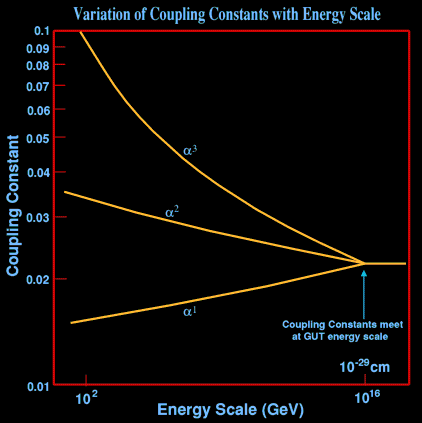

Protons are heavy particles, at about 938.272046(21) MeV are about 1836.152672(75) times heavier than the electron, but their three constituent quarks separately, two up quarks at 2.3MeV each plus one heavier down quark at 4.8MeV weigh but 9.4 MeV, and the gluons that bind the quarks zero. Like all fundamental particles, the mass of the quarks is derived from their interaction with the all-pervasive Higgs field which is provided by the Higgs boson(s). Most of the mass of the hadrons like (protons and neutrons and mesons) comes from not the mass of the constituent quarks and gluons themselves, but from the zero-point quantum fluctuation energy of the confined quarks and gluons; the colour force between quarks and gluons which is continually exchanging their colours, which have nothing to do with the Higgs field, it contributes but a very small fraction to the mass of a Neutron. A free neutron is heavier than a free proton by about 1.293332 MeV or 0.14%. Being lighter than a neutron, a proton is considered to be stable. It is stable against decay by the electromagnetic force, the weak force and the strong force. Decay by the gravitational force is possible, but is so slow it has never been observed:
In some unified field theories, a proton may in fact decay via the fleeting creation of one of the massive leptoquarks, an X OR Y particle (which have a mass of 1.4×1014eV, which is 1012 times heavier than a lead atom), into a positron and neutral meson or into a neutrino and charged meson, but with a half-life so mind-bogglingly enormous (greater than 1033 years, being trillions of times greater than the present age of the Universe) that it has never knowingly been observed, and is for all intents stable.
Up Quark 2.3 MeV Down Quark 4.8 MeV
|
In some Grand Unification Theories (GUTs) at some sufficiently high energy all three forces, the Strong, Weak and Electromagnetis forces, all have the same strength (which is stronger than the weak force, but weaker than the strong force), that is, they are one and the same, indestinguishable at that high energy. This occurs at about 1015GeV (1024eV), or by Heisenbergs Uncertainty Principle, at distances shorter than 10-29cm. At this energy the coupling constant of all three forces, which varies with energy, merges to one particular energy (1015GeV) and coupling constant (0.023). At this energy a new particle, an extremely heavy lepto-quark, which is 1015 times heavier than a proton, can appear, and this mediates the transformation of quarks into leptons. Because this particle is so extremely heavy, it is extremely un-likely to appear at ordinary energies as a virtual lepto-quark (Heisenbergs Uncertainty Principle), so the decay of quarks into leptons is extremely unlikely, giving protons (which contains three quarks) an extremely long halflife. In fact, to date, no one has seen yet a single proton decay. Experiments at the Super Kamiokande Cerenkov neutrino detector have pushed back the halflife of a proton to longer than 1033 years.
 The most dominant decay mode for the proton is expected to be into a positron plus an pi0meson, where only one of the three quarks has changed into a lepton. The pi0meson itself is also un-stable, and decays into two gamma rays almost instantaneously. Note that lepto-quarks, transforming quarks to leptons, would also make nominally stable neutrons within stable nuclei susceptible to decay. |
Hydrogen-1 (protium) is the only element to contain only protons (one) in its nucleus, all the rest have neutrons to dilute the repulsive forces of the protons. Nuclides with an excess of protons are liable to undergo inverse beta decay or electron capture, and in the extreme case when on the proton drip line, to drip protons. There are no stable isotopes for Z=43 (technetium), or any element above and including Z=84 (polonium).
Excepting hydrogen, the neutron to proton ratio of stable nuclides is approx 1:1 for light elements, but increasing to 1:1.6 for the heaviest elements. If there were a fifth force it may show up as an inertial difference between that of a light element and an equal weight of a heavy element. No such difference has been found.
For a long time it was thought that protons were spherically symmetrical, but measurements performed recently have shown that it is perhaps more like a peanut case. Further measurements will refine the shape. With a proton containing 3 quarks, it is hard to envisage how it could ever have been conceived to have been spherical. The quarks are not static, they orbit and gyrate in a complicated way rather like the weaving of ribbons by dancers around a Maypole.
Iodine-109 on the proton drip line decays by proton emission into tellurium-108 which now has one extra electron, so is negatively charged. This escapes.
For the internal structure of a proton, see Baryons & Quarks
![]()
![]()